In order to help those around the world, Facebook has created disaster maps. This project was created so that humanitarian organizations could have the information that they need. These disaster maps show the location of the disaster, what type of disaster it was and include information about the people affected by the occurrence.
When a catastrophe strikes, time is of the essence, but it can be difficult to communicate due to the hectic nature of the situation. No other organization can acquire the required information of a large group of people in such a short amount of time like Facebook does. If you have your location services on while using Facebook, then Facebook keeps track of your location every time you use the app. This is crucial when a natural disaster happens nearby.
Used Datasets
To create the disaster maps, Facebook uses data collected over time and space that is related to population, movement and the safety check feature. Regarding population, Facebook uses a variety of criteria to determine dramatic fluxes in the amount of people within a certain area. This is important because it can tell when a disaster occurs and what area it affects although the knowledge might not be known instantaneously.
For movement, Facebook knows the general population’s migration patterns so if people are relocating suddenly because of a disaster, it can tell where the displaced people are. This is vital for humanitarian groups that are trying to provide relief so that they can find out where to direct their resources.
Some of the data comes from Facebook’s safety check which determines who is safe and who isn’t. Safety check is a program that is activated when people start posting about a negative event. People that are located within the area of the incident are invited to mark themselves as safe so that their family and friends know that they are okay. It can be difficult to contact others during a disaster especially if communication lines are down.
This data only comes from those that have their location services on. Also, the data is compiled so it keeps personal information private. Facebook hopes to partner up with major humanitarian relief companies around the world so that they can constantly share this data in case of major catastrophe. That way, relief can be provided sooner rather than later.
Facebook hopes to use this data that they already have in order to provide a helping hand to humanitarian organizations all over the world. With their aid, those people affected by an incident can be give the necessary resources faster. For more information about Facebook’s disaster maps, click here.
Originally published June 14, 2017

